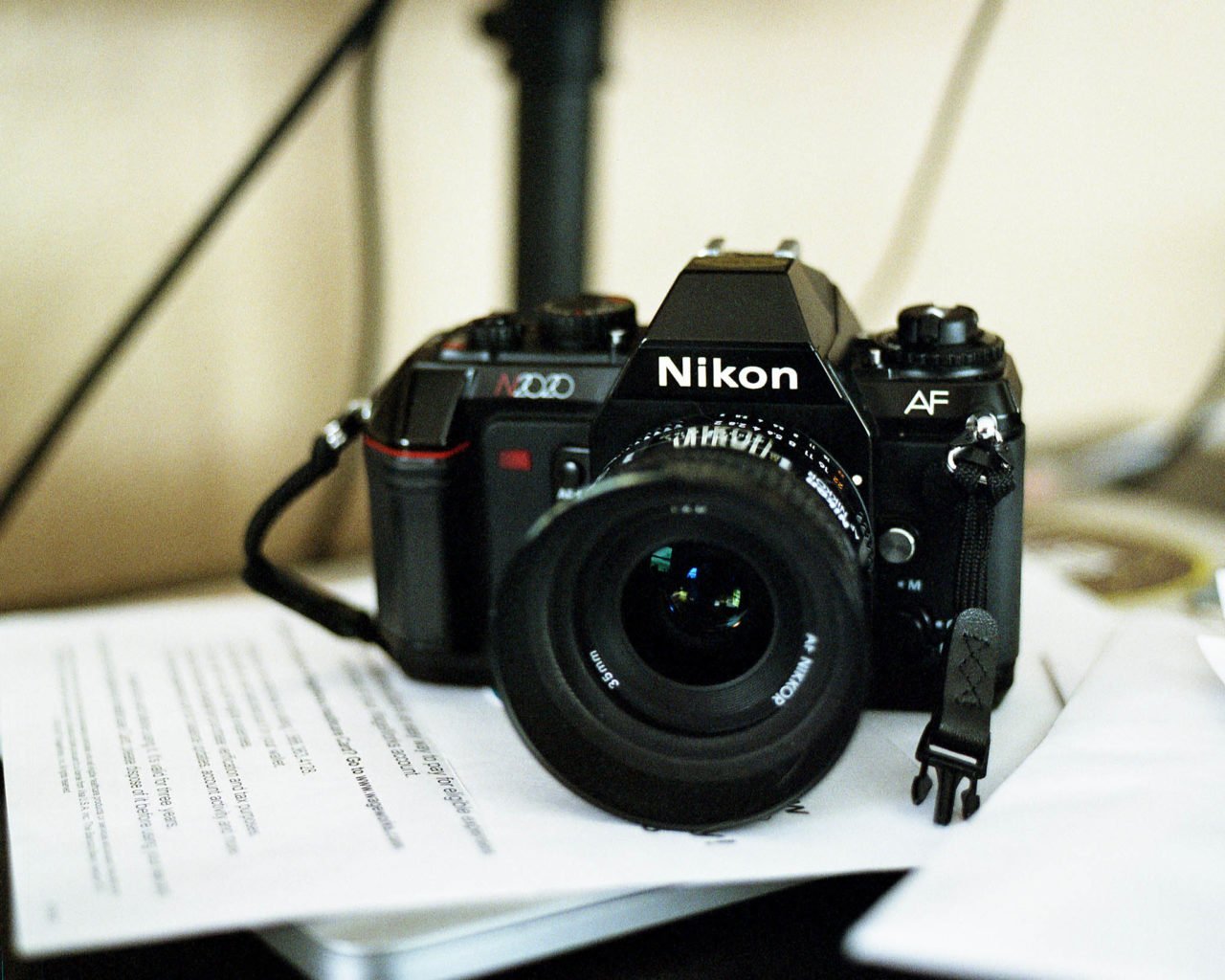It was early 2009 and I was looking to challenge myself. I had already been shooting for nearly four years, and my curiosity in film had been steadily growing. I stayed away until then because I didn’t feel I was quite good enough to use it well. But, in 2008 I had grown more competent with both my shooting and editing. I was now shooting in RAW and full manual, something I’m not near as stringent about these days. I figured it was time to give film a try. I started doing research on different models and what features I would need. I ended up deciding that I needed something cheap that used my lenses – I could experiment with that and then make a real investment.

And that’s how I came to the N2020. I was just looking for the best deal I could find on a 35mm Nikon body with auto focus. I found an N2020 with a Micro-Nikkor 55mm f/2.8 (which was the lens I had been wanting to get anyway) for a measly $82. Even at that time, I effectively got the camera for free. I hadn’t been this excited since I got my first DSLR. When the kit came, it was a surreal experience. Having not shot film outside of cheap 110s and the point-and-shoot 35mm Minolta I sometimes borrowed from my mother, this was another world. Even comparing it with the digital camera I had at the time (a Nikon D50) this seemed to have so much more weight. The N2020 had more controls than I was used to, it was the first camera I used that had a dedicated shutter speed dial, or ISO dial, or exposure compensation. After holding it in my hands, I thought it was going to be the tool that would open me up to a brave new world… but I wasn’t ready. In 2009 I ran one roll of film through it. Just one.
I spent hours upon hours researching cameras, but not film, developing, or scanning. The film I got was Kodak Gold 200, and I had it developed and scanned at a local Walgreens that a friend of mine worked at. For the bulk of the roll I shot alongside my D50, testing exposure settings trying to ensure I would get the best results possible. Getting those scans back was one of the most disappointing moments of my life. The colors were dull and muted, the amount of grain reminded me of shooting the D50 at ISO 1600.
That experience left a bad taste in my mouth. At that point I thought, “Ok, I shot film and it’s awful, we can move on now.” The camera went on a shelf, where it stayed until I sold.
About a year later I would revisit shooting film, this time with a trove of knowledge I gleaned from working in a camera store. I shot better film, and had it developed and scanned properly. I finally had that moment I was hoping for – getting scans back from the lab and seeing images that lined up with what I saw in my head when I took the photo.

Fast forward to 2019. I’ve now been shooting film for nine years, and do all of my own developing and scanning. Recently, I started thinking about get a smaller, lighter 35mm Nikon to have when the F5(s) weren’t necessary. I also wanted something a bit more ‘old school’. I thought it would be nice to have a body with a real shutter speed dial and that would let me drive the aperture with the ring on the lens. The first camera I thought of was the predecessor to the F5, the Nikon F4. But, just like in 2009, I wanted a cheaper path to make sure it was something I would use. That’s when it clicked – the N2020.
Much of my photographic journey over the last two and a half years has been going back to older cameras that I used to own and rediscovering why I loved them in the first place. The N2020, though, is a bit different. This is a camera that I never ‘loved’.
This was a camera that represents a transition. It was the first step into a bigger world, just not one I knew how to take at the time. I was never in love with the N2020, but I was in love with the idea of it.
My second experience with the N2020 has been much different. It’s far from a perfect camera, especially the auto focus. That being said, it is a wonderful machine. It’s cheap (this one was $18 shipped) and well built. The best way for me to describe the shooting experience is this: a Nikon F3 with auto film advance and auto focus.
Edit: I’ve since written a full review on the Nikon N2020. You can check that out at the link below.
Interested in buying an N2020 yourself? KEH Camera typically has them in stock for $8, plus shipping. If you buy something through my affiliate links, I may earn a small commission.
Here’s the first roll of film I ran through this one.



















